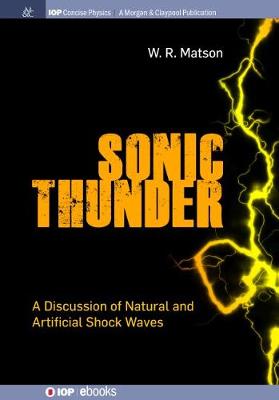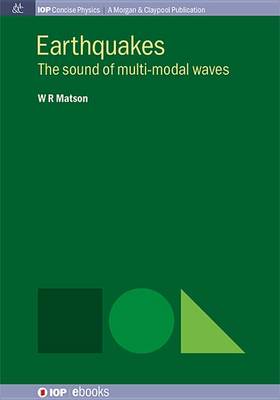Iop Concise Physics
2 total works
The study of shock wave formation and dynamics begins with a study of waves themselves. Simple harmonic motion is used to analyze the physical mechanisms of wave generation and propagation, and the principle of superposition is used to mathematically generate constructive and destructive interference. Further development leads to the shock singularity where a single wave of immense magnitude propagates and decays through various media. Correlations with the fields of thermodynamics, meteorology, crater formation, and acoustics are made, as well as a few special applications. Direct correlation is made to events in Arizona, Siberia, and others.
The mathematical requirement for this text includes trigonometry, differential equations, and large series summations, which should be accessible to most beginning and advanced university students. This text should serve well as supplementary material in a course covering discrete wave dynamics, applied thermodynamics, or extreme acoustics.
Direct correlation to earthquakes in California, Mexico, and Japan is used to illustrate key issues, and actual data from an event in California is presented and analyzed. Our Earth is a dynamic and changing planet, and seismic activity is the result. Hundreds of waves at different frequencies, modes, and amplitudes travel through a variety of different media, from solid rock to molten metals. Each media responds differently to each mode; consequently the result is an enormously complicated dynamic behavior. Earthquakes should serve well as a complimentary text for an upper-school course covering waves and wave mechanics, including sound and acoustics and basic geology. The mathematical requirement includes trigonometry and series summations, which should be accessible to most upper-school and college students. Animation, sound files, and videos help illustrate major topics.

